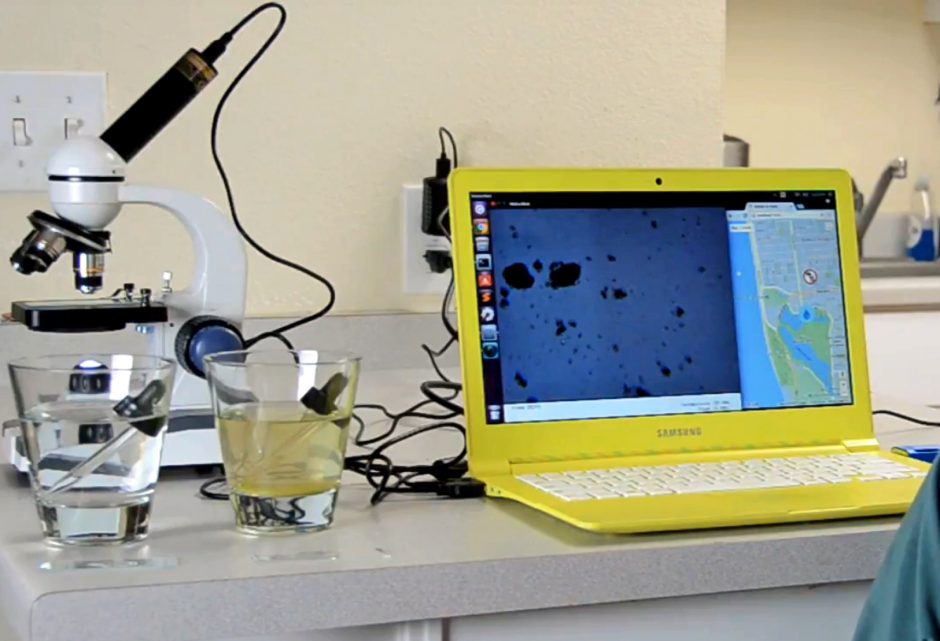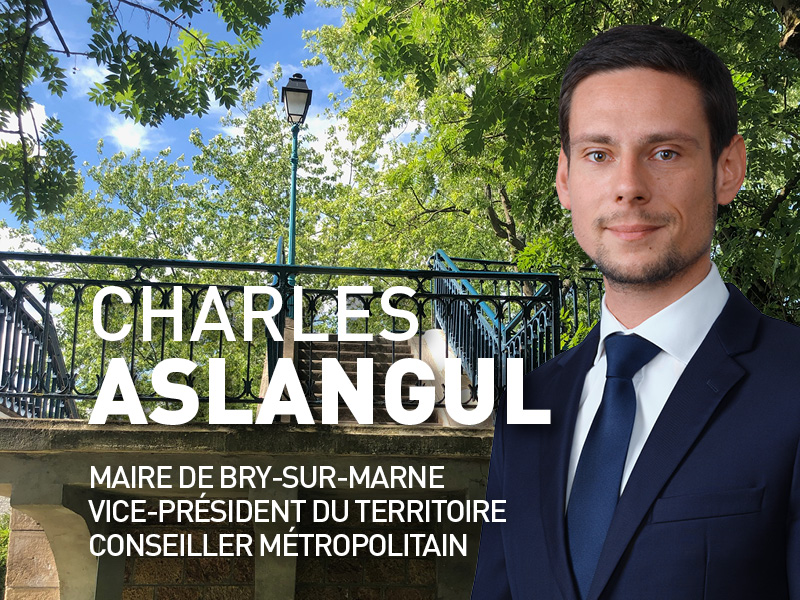Deepening
1. Clean Water AI

2. Carriers and actors of the project
As we said earlier, Peter Ma is the founder of this technological system. Student association can spread the use of the project in some cities that could need it.
3. Research question
How could an AI system help companies, municipalities, utilities cleaning their source of water?
4. The reason you selected this project
I decided to work on this project because I consider that water is one of the most important resources that everyone needs everyday but not everybody have access to. Moreover, this project does not represent only a way to manage natural resource in a sustainable way but also a way to improve the quality of a natural resource affected by human. Plus, this project reminded me a project led bythe mayor of my living city (Bry-sur-Marne).
5. User scenario
- Users
The users of this project are companies that care about water safety, as well as association, utilities and municipalities that want to test a source of water and see if it is clean or not.
- Persona

Let me introduce you Charles Aslangul, mayor of Bry-sur-Marne, a city located in Île-de-France.
Charle is 35 years old. Pretty young for a mayor. Nevertheless, he worked hard to reach this position. In 2020, he was elected by a majority of Bry citizen. Since his election, what Charles wants to do is to embellish Bry-sur-Marne city and help financing associations that contribute to this project. However, he doesn't know which type of project can really contribute to the city improvement.

Recently, Ava and Marc, two students, who have lived in Bry for more than 20 years, want to improve the water quality of La Marne, the river that crosses the city. They are members of their school association called "SaveTheWater". They would like to test their water cleaning system on La Marne river because the Mayor will organized soon an event called "La Marne en Vogue".
Before starting, Ava and Marc will need the municipality's approval to develop their project. They need financial support as well but they don't actually know if the project can actually work as expected.
- Key features
-
Analyse water quality
-
Determine water drinkability
-
Determine bacteria type
-
Improve water quality
-
List the water treatment
- UX storyboard

6. Technical analysis
- General Principle
A user needs to put a drop of water into a connected microscope. The image will appear on a screen. The AI technology will be able to determine if the water is clean or not. If not, the system will detect which type of bateria the water is affected with and give a list of potential treatments according to the infection.
- Technical overview - AI version
The Clean Water AI project benefited from access to the Intel® AI DevCloud, a free hosting platform made available to Intel AI Academy members. Powered by Intel® Xeon® Scalable processors, the platform is optimized for deep learning training and inference compute needs.The Neural Compute Stick supports both the Caffe and TensorFlow frameworks, popular with deep learning developers.
In this case, the system will analyse a direct "video" of what is presented to the microscope. This video will be compared to labelled pictures from the system. Therefore, as it is a classification case, we are talking about supervised learning. Indeed, Intel® AI DevCloud contains a dataset of different type of water infection, with categoried bacteria. Moreover, each water bateria is related to a list of specific water treatments. Different languages are used: TensorFlow is written in Python, C++, CUDA and Caffe is written in C++.
DANGER: With this system, the main biases we can think of are the similarities between two bacteria but also, according to the drop selected, it could be possible that the water is not clean but the system says the contrary because any bacteria has been seen by the microscope.
- Added value thanks to Artificial Intelligence
This AI system give the possibility to analyse a small amount of water and find a treatment in few seconds. It avoids using too many techniques and expensive materials. Moreover, everyone can understand the system and not being an expert in bacteria.
- Main technologies
-
Intel® AI DevCloud
-
Caffe
-
TensorFlow
Previous Page
Next Page
Home Page


